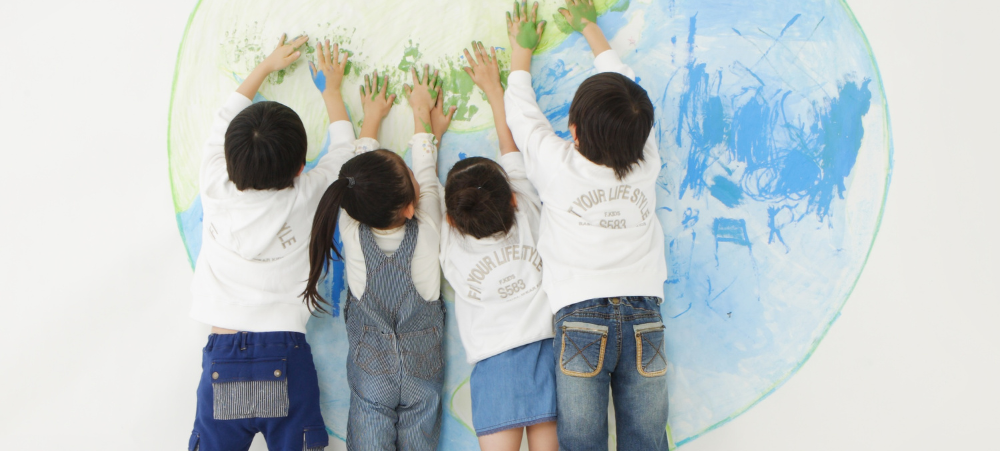Five practical ways to grow environmental awareness in children from the earliest years
As climate change and environmental degradation continue to be a serious cause for concern and necessary action, instilling eco-conscious values in young children has never been more important. According to Dibber International Preschools, early exposure to environmental education fosters a connection to nature and helps lay the foundation for responsible citizenship.
“Young children are naturally curious and compassionate—two qualities that make them receptive to caring for the environment when we lead by example,” says Ursula Assis, Country Director of Dibber International Preschools. “At Dibber, we incorporate sustainable practices and nature-based learning into everyday experiences, helping children understand that their choices can positively impact the world around them.”
Here are five simple, effective ways to nurture environmental awareness in young children:
Explore Nature Through Play
Whether it’s planting seeds, collecting leaves, or observing insects in the garden, hands-on nature experiences spark curiosity and deepen children’s respect for the planet. Family visits to parks or botanical gardens can introduce young learners to biodiversity and the importance of protecting it.
Use Interactive Eco-learning Tools
Age-appropriate digital resources can reinforce environmental themes through storytelling, videos, and simple virtual games. These tools encourage children to think about real-world issues like pollution and conservation in ways that are both accessible and engaging.
Teach the Three R’s: Reduce, Reuse, Recycle
Simple habits at home, like using reusable containers, composting, or turning used bottles into garden planters, help children see that small actions add up. “When children see these behaviours modelled by adults, they begin to understand that sustainability is part of daily life,” adds Assis.
Create a Green Learning Environment
Classrooms and homes can be transformed into sustainable spaces by incorporating natural materials, conserving energy, and involving children in growing plants or vegetables. At many Dibber preschools, children help care for school gardens, promoting responsibility and a deep connection to nature.
Involve Parents and Communities
Environmental learning is most effective when supported both at home and school. Hosting community clean-ups, eco-themed story times, or nature-based crafts can reinforce these lessons and foster family engagement.
“Environmental awareness isn’t something we teach once—it’s a mindset we nurture over time. By giving children regular, real-world experiences and simple habits to follow, we’re helping them grow into the conscious, caring changemakers our world needs,” concludes Assis.
- Five Ways to Encourage Independence and Confidence in Children with Special Needs - December 9, 2025
- Ten Beautiful Gifts to Give Your Child This Christmas - December 5, 2025
- Reflecting on Parenting Goals: Seven Meaningful Ways to Reset Before the Holiday Season - November 25, 2025





